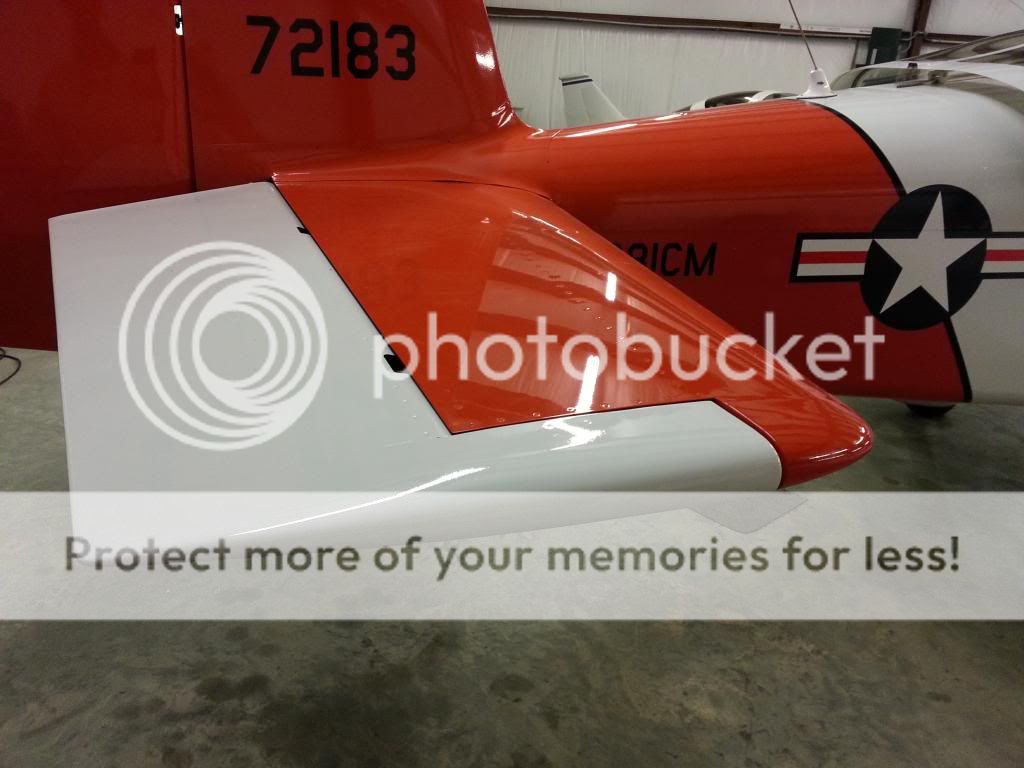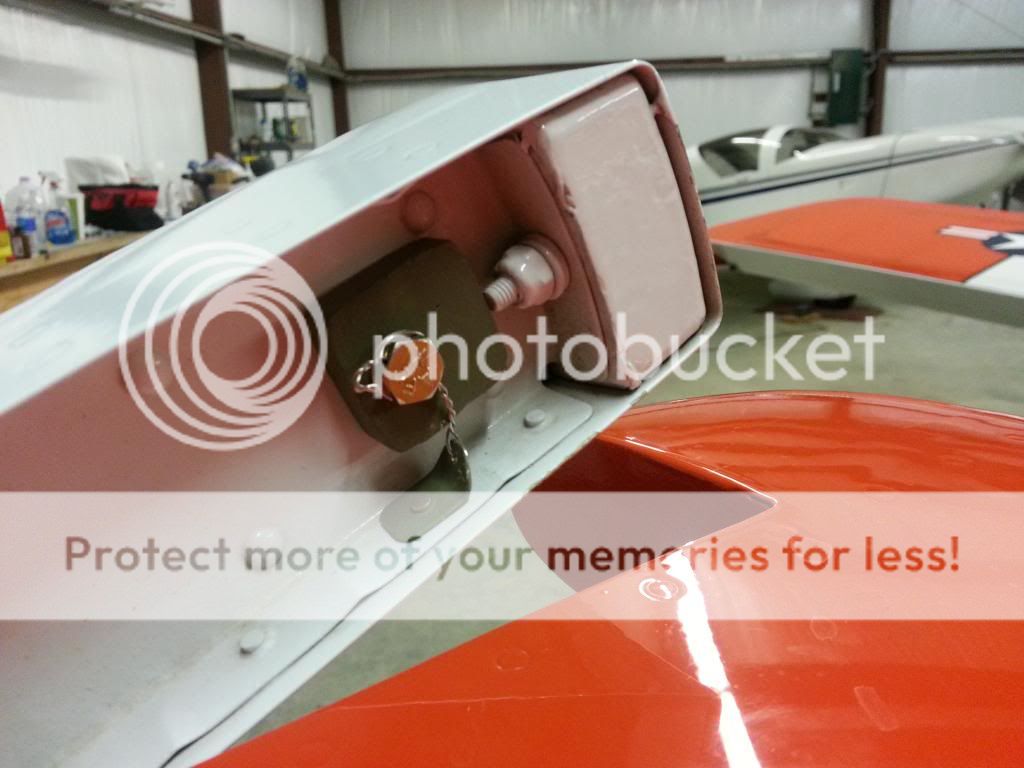RVG8tor
Well Known Member
Control Surface Rod end Check
I am coming up on my annual and to be honest I was not planning to put a wrench on these nuts. I set the torque when I installed them for the final time and marked them. With the discussions on this forum I have given them a close look.
What is the procedure you a talking about, do you loosen then reset the torque. I am no expert but two things come to mind, if the torque was set originally and marked and there has been no movement then all should be good. Second if you loosen then rest the torque then it seems to me you run the risk that you will make a mistake doing this then set yourself up for future issues. Kind of like a quote I heard once; "the Annual is where the mechanic takes your plane apart to see why it is still working normally". The implication is if it is working fine don't mess with it otherwise you might induce some sort of failure.
I would be curious to hear what the proper way to check these items. do you actually reset the torque on all the hardware throughout the aircraft?
This is the learning part of this hobby so I look forward to all opinions.
Cheers
I am coming up on my annual and to be honest I was not planning to put a wrench on these nuts. I set the torque when I installed them for the final time and marked them. With the discussions on this forum I have given them a close look.
What is the procedure you a talking about, do you loosen then reset the torque. I am no expert but two things come to mind, if the torque was set originally and marked and there has been no movement then all should be good. Second if you loosen then rest the torque then it seems to me you run the risk that you will make a mistake doing this then set yourself up for future issues. Kind of like a quote I heard once; "the Annual is where the mechanic takes your plane apart to see why it is still working normally". The implication is if it is working fine don't mess with it otherwise you might induce some sort of failure.
I would be curious to hear what the proper way to check these items. do you actually reset the torque on all the hardware throughout the aircraft?
This is the learning part of this hobby so I look forward to all opinions.
Cheers










